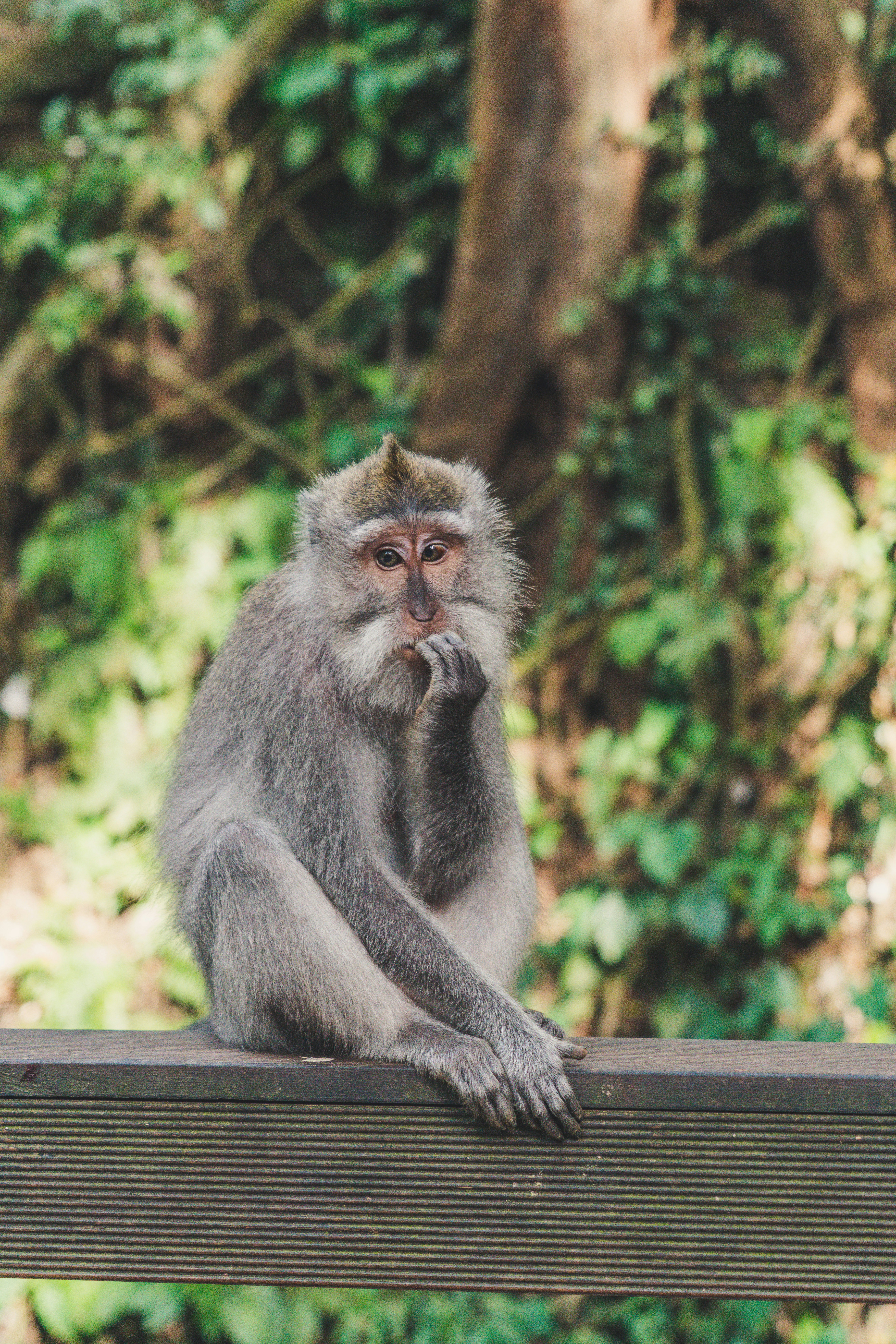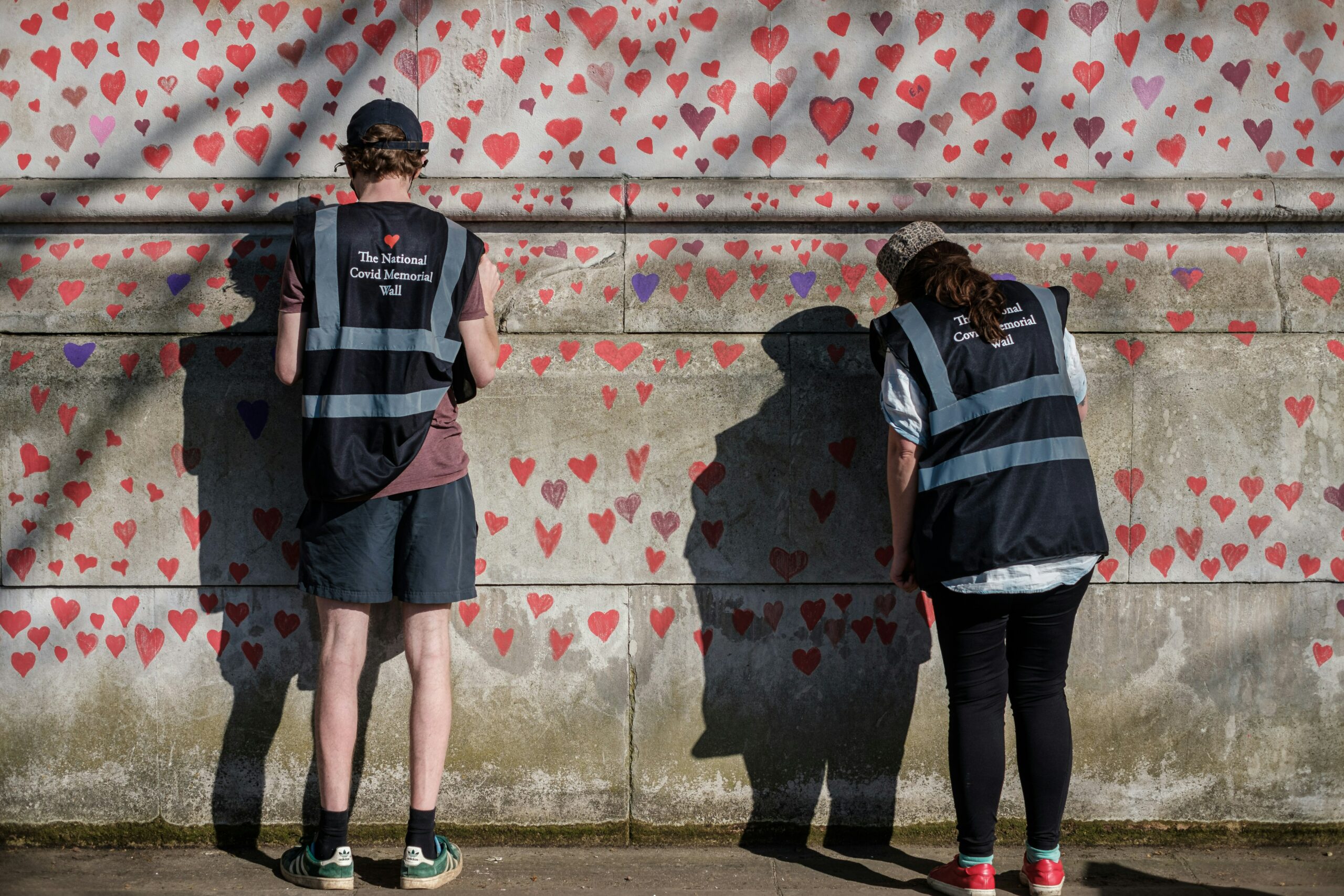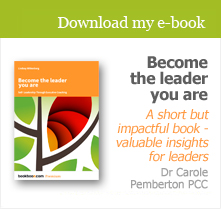blog
Slowing down – and why it matters
Camilla Cavendish recently wrote a piece in the Financial Times Weekend entitled ‘The Importance of Slowing Down’, in which she reflected on the impact of her own recent enforced slowing down due to a sports injury. She comments: ‘Being forced to take things easier has not only made life feel lighter, but has also, to my surprise, made me more productive’. She talks too of finding the Post Office assistant ‘more forthcoming than usual, perhaps because I now had the time to properly listen’.
Her article made me think.
I’m consistently conscious of the benefits of going slowly enough in a coaching relationship to allow the coaching client the time and space to be able to surface what’s actually going on for them – to begin to perceive at a deeper level, and also to develop the trust in themselves (and in me) to be able to express it. And I encourage clients repeatedly to take time to engage in this kind of reflection between sessions. Some find it challenging. And then they start to realise the benefits. One client commented to me that reflection helps her understand who she is, which is especially important to her as she makes her way to becoming a senior leader in her professional services firm: she remarked that the organic unfolding that reflection allows is, and will be, the core of her success. How often do we hear that in leadership development programmes?
Our culture on speed
The work culture that many of us are familiar with celebrates speed, being busy (albeit not necessarily productive) and doing. It shows up in all sorts of contexts: the hidden or unhidden agenda behind appraisals and feedback, at the more formal end of the scale, and incidental remarks, expressions of admiration and implicit aspirations at the more informal end. This culture encourages us to race on and get as much done as we can, sometimes aiming to perform tasks simultaneously (hilariously, Camilla Cavendish talks of ‘this kind of double run, to cram in a quick meditation while doing exercise’). This race doesn’t allow space for the underpinning, important information to emerge.
What on earth are we thinking of? Well, maybe thinking is part of the problem. Maybe we need to be engaging in not-thinking, not-doing – but in being – in becoming aware of a wider and deeper landscape than the immediate task. A landscape that will reveal and illuminate more: more about the context and what it consists of, more about our somatic and emotional responses (which are usually more informative than our cognitive responses), more about our relationships, more about potential and possibilities, more about what really matters.
My experience of slow
I experience ‘slow’ in a whole range of contexts. There’s the client with a particular challenge who discovers what it’s really about and how to approach it by not rushing towards an apparent solution, but taking time to experience it in its fullness. There’s my preparation for a meeting or a coaching session by taking time to tune in to my somatic experience (what’s my body telling me?) and my emotional experience (how do I actually feel as I contemplate this client or topic, and the situation that’s being presented?). There’s the facilitation of a workshop. And – perhaps the most distilled and rich experience of slow: a silent 5-day meditation retreat.
Benefits of slow
In my experience this is the tip of the iceberg. My being in the slow lane, and my encouragement of clients to be there too, leads to benefits for both them and me: perception is sharper and encompasses a broader palette, there’s a greater sense of calm (and when I’m calmer, this transmits itself to clients and helps create a sense of spaciousness), and a deeper sense of connection. There’s better, more accurate engagement with the issue at hand. Almost ironically, changes in thinking processes and the processing of situations lead to more effective judgments and decisions. Any sense of overwhelm is minimised. There’s less stress and more well-directed energy. And there’s more compassion for self and others: there’s room for love (this piece will tell you more about how that works).
What now?
So where next with this? For me, it means continuing consistently with my mindfulness practice and being generally more mindful. It means continuing to reflect, both formally and informally, and to encourage clients to do the same between sessions. It means more consciously designing a life that is spacious (see more on spaciousness here ). It means being conscious, in all senses of the word – not being carried along on any sort of tide without being aware of it, and choosing in awareness. And it means continuing to grow.
Photo by Morgane Le Breton on Unsplash
Going slow
I’m conscious of the benefits of going slowly enough in a coaching relationship to allow the coaching client the time and space to be able to surface what’s actually going on for them – to begin to perceive at a deeper level, and also to develop the trust in themselves (and in me) to be able to express it. The work culture that many of us are familiar with celebrates speed, being busy (albeit not necessarily productive) and doing. This culture encourages us to race on and get as much done as we can. This race doesn’t allow space for the underpinning, important information to emerge. Maybe we need to be engaging in not-thinking, not-doing – but in being – in becoming aware of a wider and deeper landscape than the immediate task. A landscape that will reveal and illuminate more. My being in the slow lane, and my encouragement of clients to be there too, leads to benefits for both them and me. It means being conscious, in all senses of the word – not being carried along on any sort of tide without being aware of it, and choosing in awareness. And it means continuing to grow.
Read more »Love in leadership
I’ve recently co-facilitated with Jeremy Keeley a workshop for Sadler Heath on love in leadership. When organisations focus on interconnection and interdependence, -characteristics of an organisational culture in which love is more likely to show up at work - those organisations tend to get creativity, innovation, connection, psychological safety, inclusion – everything that organisations say they want. What draws me is a visceral sense of the essential humanity, care and inevitable connection, and – incidentally - the consequent sustainable business benefits – of such an approach. Experiential characterises how a leader typically manifests love in the workplace. It’s not a skill, it’s not a process, it’s not an approach: it’s how the leader lives their working life, how they relate to others, the lens through which they perceive, interpret and respond to the world around them. Leading with love means the leader loving their people, their mission, their purpose and their organisation, the world beyond their organisation and the entire biosphere. It’s a way of being.
Read more »Immunity to Change
My client came to coaching in some distress. She worked very hard, and loved her work, but wanted to have more discipline in the organisation of her non-clinical time and to work on her habitual pattern of never saying no. She was overloaded and exhausted, and her exhaustion was having an impact on her effectiveness and behaviour, which was at times intolerant and verbally aggressive. Yet the habitual patterns persisted: nothing changed, despite her being desperate to change. Lisa Lahey and Robert Kegan originated the theory of Immunity to Change, which can offer both clues to understanding what stands in the way of an individual actually making the change that they seem to rationally and enthusiastically want, and to a process for releasing the obstacles to change. I was privileged to participate in a day with colleagues at consultancy MDV on Immunity to Change, insightfully and sensitively facilitated by Nathan Roberts. My experience in that workshop reinforced how significant our somatic experience – our sensations, and our impulses to move – and facilitated movement are for gaining insight and a different kind of understanding from merely cognitive understanding, rationality and reasoning.
Read more »Uncertainty
Uncertainty is a major feature of complexity – and neither expertise, efficiency nor control alone will allow us to adequately engage with it. If an attempt at orderly, predictable efficiency is all that we bring to a situation that is in fact complex, we will find our adaptability, our flexibility, our resilience, and our capacity to manage the situation compromised. Dealing with uncertainty requires both a readiness to experiment at small scale, learn from the experiment and experiment again, and seek human connection, relationship and the ability to work effectively with interdependency and interconnection. Key here is cross-functional collaboration and coalition-building. Margaret Heffernan calls attention to the invaluable role of trust and empathy (and I would add psychological safety) as human relationships develop, and to the value of the artist’s creativity. We may have something valuable to learn from people who are neuro-diverse. Useful guidelines for negotiating uncertainty might be to start by focusing on relationships and on small-scale experiments, and to give up on the search for control and predictability.
Read more »Interconnection and interdependence
The exhibition ‘Soil: The World at Our Feet’ displayed the hidden depths of soil. Soil is the great interconnector’. The fungus network explores the labyrinth of the soil, transporting nutrients to plant roots…. and trading them with the plant in exchange for carbon, which includes sugars…. the plant support system. Coming together, the networks achieve things that none could achieve alone’. Isn’t this a reflection of how human society and organisations function? Not only humans, but all living beings, are interconnected through this kind of vast and deeply complex mycelium network. In parallel, human relationships and the complexity of the systems they form, are essential for the functioning of society. In the plant world, ‘being is always being with….’ Being with. Through profound presence and deep listening, that’s what my coaching offers, and that’s what enables growth, development and change in my clients.
Read more »Edges with depth
On a group residential weekend of experiential learning the contextual theme was ‘edge’ – learning on the edge, right on the edge between sea and land. A cacao ceremony offered me a step towards a profound connection with both the simplicity and the magic of what nature can offer us. And equally, and simultaneously, I was challenged by the deeply unfamiliar nature of the ceremony, which called on a capacity to suspend judgment made by reference only to my habitual criteria for assessing the world around me. A walk onto the nearby beach and rockpools to forage for edible seaweed was a journey into the unknown, of a completely different kind. We take from the sea, so what are we going to give back to the sea? As I’ve continued to broaden my reflections on where else reciprocity might be appropriate in our troubled world, it seems to me that we could do a lot more to offer care and caring back to it.
Read more »Passionate detachment
She was an entrepreneur, passionate about, but exhausted by, the demands of building her business. She felt like the business was running her rather than vice versa. She knew that something had to change if she – let alone the business – was going to sustain. Being able to be passionately detached is about 'creating an equilibrium where we are passionately engaged in what we love, but are reasonably detached from the day-to-day outcomes of our actions ....we passionately take charge of living our dharma, our life’s purpose, while letting go of being invested in the external measures of our progress' i.e. the outcomes we achieve. While you’re subject to the magnetic attraction of your passion it’s hard to see anything other than the detail of the object of your passion. Courageously, this entrepreneur began to experiment on a very small scale with self-compassion, with doing things she enjoyed. She saw the business flourishing in a way that it hadn’t done before. Meanwhile, she had a new sense of balance. Almost without noticing, she had detached herself from being possessed by the business she loved. As the business was beginning to flourish, so was she: she and the business were both getting a life.
Read more »Spaciousness
A fascinating new research report on spaciousness has just been published: ‘Permission to Pause: Rediscovering ‘spaciousness’ at work’, by Professor Megan Reitz and John Higgins. The researchers highlight two different modes of behaving: ‘doing’ (paying attention to action, achievement, productivity and the like – the territory of busyness) and ‘spacious’ (attention is focused on enquiry and exploration, interdependence and relationship). Their research separates busyness from flourishing. Busyness seems to be part of the entrenched culture in many systems and organisations, militating against the kind of thoughtfulness that helps ensure that action is the right action. There’s much here that brings to mind for me both mindfulness (paying attention on purpose, in the present moment and without judgment) and psychological safety. Spaciousness it isn’t only a way of being for teams and groups. It’s also a way of being that we as individuals can offer to ourselves.
Read more »Memory and memories
I find myself curious about not only the somatic nature of memory and memories, but also about the memories that exist in organisations because of, for example, individuals’ relationships with previous leaders and colleagues, and how important it is to take account of them: these memories carry significant power in terms of having shaped some of the attitudes, motivations and expectations that people bring to work. This is the stuff of systems, revealed often in a facilitated engagement with systemic constellations. It can be useful and revealing for a current leader to reflect on the imprint of previous leaders in their role, and to respect it rather than being tempted to dismiss it (and be the ‘new broom’), simply because that leader was in the past. The memory of past leaders may be very alive today because of their embodied impact on the team and the organisation. The recently-arrived leader does well not to trample on memories nor to impose organisational Alzheimer’s.
Read more »Help - giving and receiving
I'm remembering moments when clients have articulated a sense of shame in not being able to sort all their challenges out themselves. However, these challenges – and many others – are a normal part of everyone’s lives. Somehow we’ve learnt to equate ‘alone’ or ‘separate’ or even ‘isolated’ with ‘strong’ and ‘resilient’. In reality, precisely the opposite is true. ‘Alone’ and ‘coping alone’ are brittle ways to be. As human beings we are interdependent. When one element is vulnerable, that vulnerability will impact all the others, no matter how seemingly distant. Equally, when one element is helped, resourced and strengthened by another, that too will be felt in some way by other elements. Collective intelligence is always superior to the intelligence of one individual. We need to recognise and value vulnerability and a need for help.
Read more »











